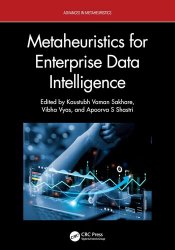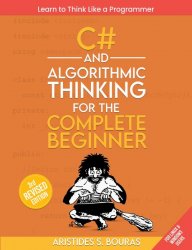 Название
Название: Metaheuristics for Enterprise Data Intelligence
Автор: Kaustubh Vaman Sakhare, Vibha Vyas, Apoorva S Shastri
Издательство: CRC Press
Серия: Advances in Metaheuristics
Год: 2025
Страниц: 159
Язык: английский
Формат: pdf (true)
Размер: 10.1 MB
With the emergence of the Data Economy, information has become integral to business excellence. Every enterprise, irrespective of its domain of interest, carries and processes a lot of data in their day-to-day activities. Converting massive datasets into insightful information plays an important role in developing better business solutions. Data intelligence and its analysis pose several challenges in data representation, building knowledge systems, issue resolution and predictive systems for trend analysis and decision making. The data available could be of any modality, especially when data is associated with healthcare, biomedical, finance, retail, cyber security, networking, supply chain management, manufacturing and so on. Optimization of such systems is therefore crucial to leveraging the best outcomes and conclusions. To this end, AI-based nature inspired optimization methods or approximation-based optimization methods are becoming very powerful. Notable metaheuristics include Genetic Algorithms, Differential Evolution, Ant Colony Optimization, Particle Swarm Optimization, Artificial Bee Colony, Grey Wolf Optimizer, Political Optimizer, Cohort Intelligence, League Championship Algorithm, and many more. This book provides a systematic discussion of AI-based Metaheuristics application in a wide range of areas including Big Data Intelligence, Predictive Analytics, Enterprise Analytics, Graph Optimization Algorithms, Machine Learning and Ensemble Learning, Computer Vision Enterprise Practices, Data Benchmarking and more.
 Название: Совершенный код
Название: Совершенный код
 Название: Microsoft Visual C# Step by Step (Developer Reference), 10th Edition
Название: Microsoft Visual C# Step by Step (Developer Reference), 10th Edition






